Home>Gardening & Outdoor>Landscaping Ideas>How To Get Grass Stains Off Concrete
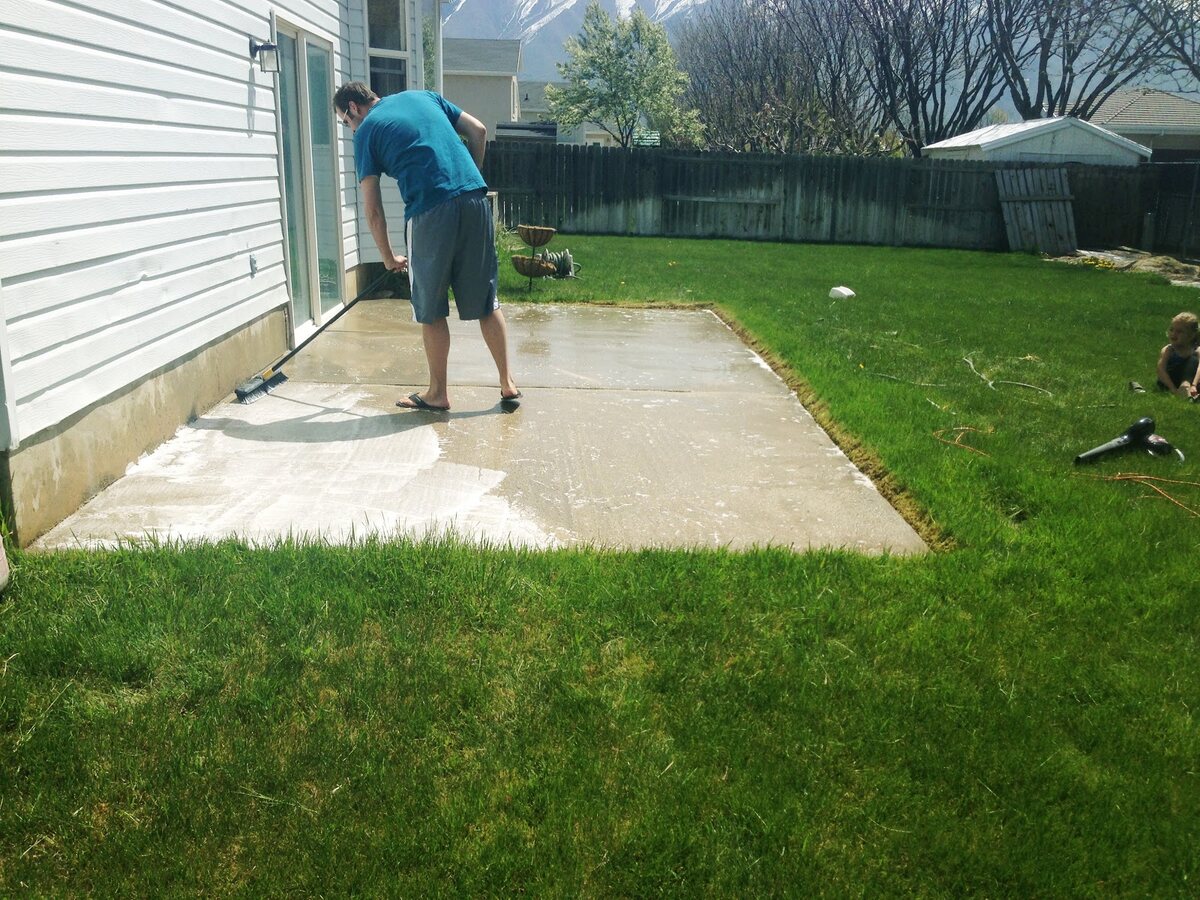

Landscaping Ideas
How To Get Grass Stains Off Concrete
Modified: May 6, 2024
Learn effective landscaping ideas to remove grass stains from concrete with our expert tips and tricks. Keep your outdoor spaces clean and pristine with our proven methods.
(Many of the links in this article redirect to a specific reviewed product. Your purchase of these products through affiliate links helps to generate commission for Storables.com, at no extra cost. Learn more)
Introduction
Concrete surfaces are a durable and versatile addition to any property, providing functional spaces for driveways, patios, and walkways. However, the porous nature of concrete makes it susceptible to staining, and one common culprit is grass stains. Whether from overgrown lawns, sports activities, or landscaping mishaps, grass stains can detract from the appearance of concrete surfaces. Fortunately, there are several effective methods for removing grass stains and restoring the pristine look of concrete. In this article, we will explore the causes of grass stains on concrete, various techniques for their removal, and preventive measures to keep your outdoor concrete areas looking their best.
Key Takeaways:
- Say goodbye to grass stains on concrete by using household products like vinegar, baking soda, and hydrogen peroxide. These eco-friendly solutions effectively remove mild to moderate stains without harsh chemicals.
- Prevent grass stains on concrete by maintaining your lawn, promptly removing grass clippings, and creating physical barriers. These proactive measures keep your outdoor concrete areas looking clean and pristine.
Read more: How To Get Grass Stains Off White Shoes
Understanding Grass Stains on Concrete
Grass stains on concrete are the result of chlorophyll and other pigments present in grass clippings or blades coming into contact with the porous surface of the concrete. When grass is left to decompose on concrete, especially when dampened by dew or rain, the pigments can seep into the tiny open spaces within the concrete, leaving behind unsightly green or brown stains. Additionally, the rough texture of concrete can trap grass particles, further intensifying the staining effect.
Furthermore, prolonged exposure to sunlight can cause the pigments to adhere more strongly to the concrete, making the stains even more challenging to remove. While the stains may seem stubborn, understanding their composition and the interaction with the concrete surface is crucial in selecting the most effective removal methods.
It’s important to note that prompt action is key to preventing deep-seated grass stains. The longer the grass clippings or blades remain in contact with the concrete, the more difficult it becomes to lift the stains. With a clear understanding of how grass stains develop on concrete, we can now explore the most effective methods for their removal.
Methods for Removing Grass Stains
When it comes to removing grass stains from concrete, several methods can be employed, ranging from household products to commercial cleaners. The choice of method often depends on the severity of the stains and the resources available. It’s important to consider the environmental impact and the safety of the concrete surface when selecting a removal method.
One of the most accessible and eco-friendly methods for removing grass stains involves using common household products. For mild stains, a mixture of water and white vinegar can be applied to the affected area. The acidic nature of vinegar helps break down the grass pigments, making it easier to scrub the stains away. Additionally, baking soda paste can be effective in lifting light grass stains. By combining baking soda with water to form a thick paste, it can be applied to the stains and left to sit for a short period before scrubbing with a stiff brush.
For more stubborn grass stains, a solution of hydrogen peroxide and water can be an effective alternative. This mixture can be applied directly to the stains and left to penetrate the concrete before scrubbing. It’s important to test any homemade cleaning solutions on a small, inconspicuous area of the concrete to ensure they do not cause damage or discoloration.
In cases where household remedies may not suffice, commercial products specifically formulated for concrete stain removal can be utilized. These products are available in hardware stores and are designed to target tough stains without causing harm to the concrete surface. When using commercial cleaners, it’s essential to follow the manufacturer’s instructions carefully and consider the potential environmental impact of the chemicals.
Understanding the various methods for removing grass stains allows for flexibility in choosing the most suitable approach based on the specific staining and environmental considerations. By exploring both household and commercial options, individuals can effectively restore the appearance of their concrete surfaces.
Using Household Products to Remove Grass Stains
Household products offer a convenient and eco-friendly approach to removing grass stains from concrete surfaces. These readily available items can effectively tackle mild to moderate stains, providing a cost-effective and sustainable solution for homeowners. By utilizing common household products, individuals can restore the pristine appearance of their concrete driveways, patios, and walkways without resorting to harsh chemicals.
White vinegar, a versatile staple in many households, serves as an excellent grass stain remover. Its acidic properties help break down the pigments present in the grass, facilitating their removal from the concrete surface. To use vinegar for grass stain removal, simply dilute it with water in a 1:1 ratio and apply the solution directly to the affected areas. Allow the mixture to sit for a few minutes to effectively penetrate the stains before scrubbing the concrete with a stiff brush. This method is particularly effective for light to moderate grass stains and is gentle on the environment.
Baking soda, another common household item, can also be employed to combat grass stains on concrete. By creating a paste using baking soda and water, individuals can target specific areas of staining. After applying the paste to the stains, allow it to sit for a brief period to maximize its effectiveness before scrubbing the concrete surface. Baking soda’s mild abrasive nature aids in lifting the grass pigments from the concrete, making it easier to remove the stains with minimal effort.
Hydrogen peroxide, a staple in many medicine cabinets, can serve as a potent grass stain remover for more stubborn discoloration on concrete surfaces. When using hydrogen peroxide, it’s essential to dilute it with water to minimize any potential adverse effects on the concrete. Apply the diluted hydrogen peroxide directly to the stains and allow it to soak into the concrete before gently scrubbing the affected areas. This method can effectively lift deep-seated grass stains, restoring the natural appearance of the concrete.
By harnessing the power of household products such as white vinegar, baking soda, and hydrogen peroxide, individuals can tackle grass stains on concrete in an environmentally conscious manner. These accessible solutions provide an effective means of rejuvenating outdoor spaces, ensuring that concrete surfaces remain clean and visually appealing.
Mix equal parts of white vinegar and water, then scrub the grass stains with the solution using a brush or sponge. Rinse with water. Repeat if necessary.
Commercial Products for Grass Stain Removal
For more stubborn or extensive grass stains on concrete surfaces, commercial products specifically formulated for stain removal can offer an effective solution. These products are designed to target tough stains while being safe for use on concrete, providing a convenient option for individuals seeking a powerful and reliable remedy. Available in hardware stores and home improvement centers, these commercial cleaners come in various formulations tailored to address different types and severities of stains.
One popular type of commercial cleaner for concrete stain removal is a concentrated concrete cleaner. These products are designed to penetrate deep into the concrete’s porous surface, effectively lifting and dissolving stubborn grass stains. Typically, concentrated concrete cleaners require dilution with water before application. Once applied to the affected areas, they can be left to dwell for a specified period to allow the active ingredients to break down the grass pigments. Following the dwell time, the concrete can be scrubbed with a brush or pressure washed to reveal a revitalized appearance.
In addition to concentrated cleaners, there are also commercial stain removers specifically formulated for organic stains such as grass. These products contain enzymes or bio-based ingredients that target the organic matter responsible for the discoloration. By harnessing the power of natural enzymes, these cleaners effectively break down the grass pigments, making it easier to lift the stains from the concrete surface. Moreover, these bio-based cleaners are environmentally friendly, offering a sustainable approach to grass stain removal.
It’s important to note that when using commercial products for grass stain removal, individuals should carefully follow the manufacturer’s instructions to ensure optimal results and prevent any potential damage to the concrete surface. Additionally, considering the environmental impact of the chosen product is essential, as some commercial cleaners may contain potent chemicals that require responsible handling and disposal.
By utilizing commercial products specifically designed for concrete stain removal, individuals can effectively address persistent grass stains, restoring the natural beauty of their outdoor concrete surfaces. These specialized cleaners offer a reliable and efficient solution for homeowners and property managers seeking to maintain clean and inviting outdoor spaces.
Read more: How To Get Rust Stains Off Trex Decking
Preventing Grass Stains on Concrete
While addressing existing grass stains is essential, taking proactive measures to prevent their occurrence can help maintain the pristine appearance of concrete surfaces. By implementing preventive strategies, homeowners and property managers can minimize the likelihood of grass stains, preserving the aesthetic appeal of driveways, patios, and walkways. These preventive measures not only contribute to the visual cleanliness of outdoor spaces but also reduce the need for frequent stain removal and maintenance.
Regular maintenance of the surrounding lawn and landscaping plays a crucial role in preventing grass stains on concrete. Keeping grass trimmed to an appropriate height minimizes the dispersal of grass clippings onto concrete surfaces. By mowing the lawn regularly and ensuring that the grass clippings are contained within the lawn area, the risk of grass stains on adjacent concrete is significantly reduced. Additionally, sweeping or blowing grass clippings back onto the lawn after mowing can prevent them from accumulating on concrete surfaces, mitigating the potential for staining.
Another effective preventive measure involves promptly removing grass clippings from concrete surfaces after mowing. Using a leaf blower or a stiff-bristled broom, individuals can swiftly clear away any grass clippings that have landed on driveways, patios, or walkways. By promptly removing the clippings, the likelihood of the pigments seeping into the concrete and causing stains is minimized. This simple yet proactive approach can contribute to the overall cleanliness and maintenance of outdoor concrete areas.
For areas where grass stains are a recurring issue, creating physical barriers between the lawn and the concrete surfaces can be beneficial. Installing edging or borders along the perimeter of the concrete can help contain grass clippings and prevent them from reaching the surface. This can be achieved using materials such as plastic or metal edging, creating a clear demarcation between the lawn and the concrete. Additionally, strategic landscaping features such as low-maintenance ground cover or gravel borders can serve as effective barriers, reducing the potential for grass stains on concrete surfaces.
Implementing these preventive measures can significantly reduce the occurrence of grass stains on concrete, contributing to the overall cleanliness and visual appeal of outdoor spaces. By maintaining the surrounding landscape, promptly clearing grass clippings, and creating physical barriers, individuals can enjoy pristine concrete surfaces with minimal risk of staining.
Conclusion
Grass stains on concrete surfaces can detract from the overall appearance of outdoor areas, diminishing the visual appeal of driveways, patios, and walkways. However, with a comprehensive understanding of the causes of grass stains and the available removal methods, individuals can effectively address and prevent staining, ensuring that their concrete surfaces remain clean and well-maintained.
By recognizing the interaction between grass pigments and concrete, it becomes evident that prompt action is crucial in preventing deep-seated stains. From utilizing household products such as white vinegar, baking soda, and hydrogen peroxide to employing commercial cleaners specifically formulated for concrete stain removal, there are various effective methods for addressing grass stains. These approaches offer flexibility, allowing individuals to choose the most suitable method based on the severity of the staining and environmental considerations.
Furthermore, implementing preventive measures such as regular lawn maintenance, prompt removal of grass clippings, and the installation of physical barriers can significantly reduce the likelihood of grass stains on concrete. By taking proactive steps to minimize the dispersal of grass clippings and create clear boundaries between the lawn and concrete surfaces, individuals can maintain the pristine appearance of their outdoor spaces while reducing the need for frequent stain removal.
In conclusion, addressing grass stains on concrete involves a combination of proactive maintenance, effective removal methods, and preventive strategies. By incorporating these approaches into regular outdoor maintenance routines, individuals can ensure that their concrete surfaces remain free from unsightly grass stains, enhancing the overall cleanliness and visual appeal of their outdoor living areas.
Now that you've mastered removing grass stains from concrete, why not tackle other stubborn marks? Discover efficient methods for stain removal on that tricky toilet seat. If battling grass stains on fabrics, our detailed guide will help you reclaim the pristine condition of clothes and blankets. Keen on broader upkeep? Our article detailing essential tasks for home maintenance outlines vital routines to maintain your home's excellence throughout the year.
Frequently Asked Questions about How To Get Grass Stains Off Concrete
Was this page helpful?
At Storables.com, we guarantee accurate and reliable information. Our content, validated by Expert Board Contributors, is crafted following stringent Editorial Policies. We're committed to providing you with well-researched, expert-backed insights for all your informational needs.
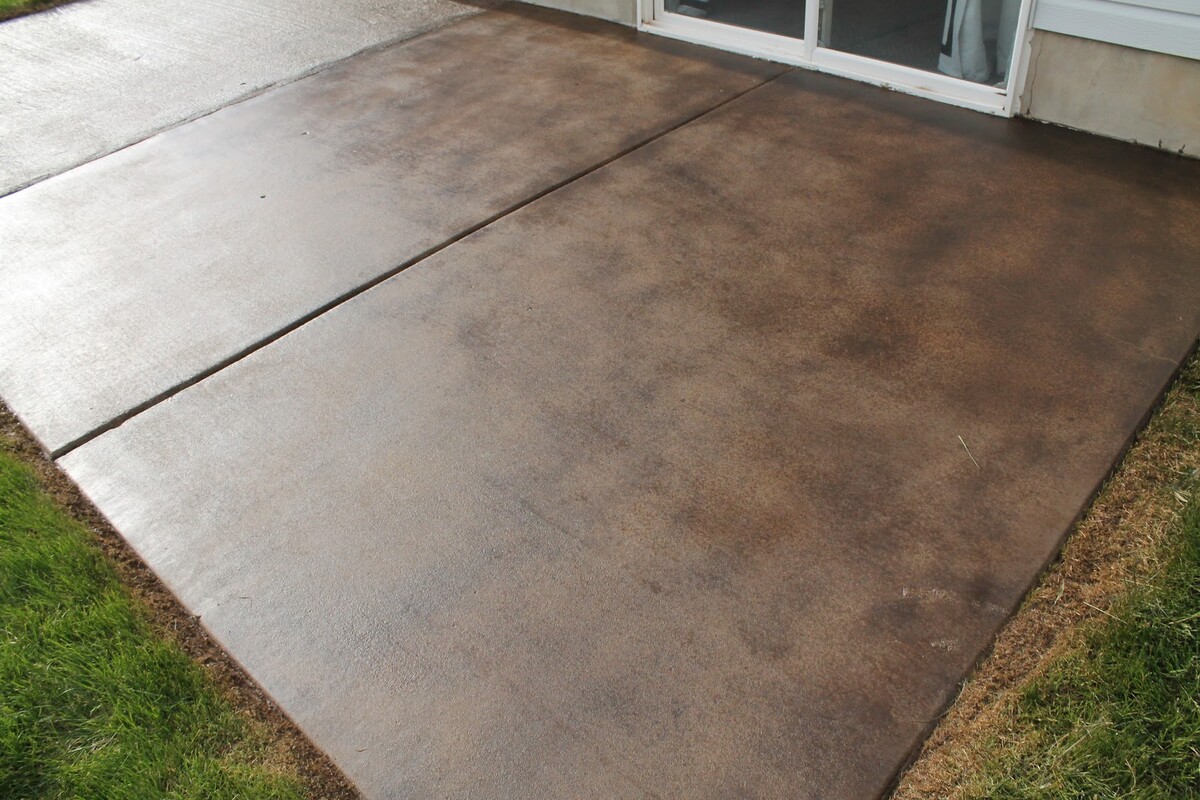
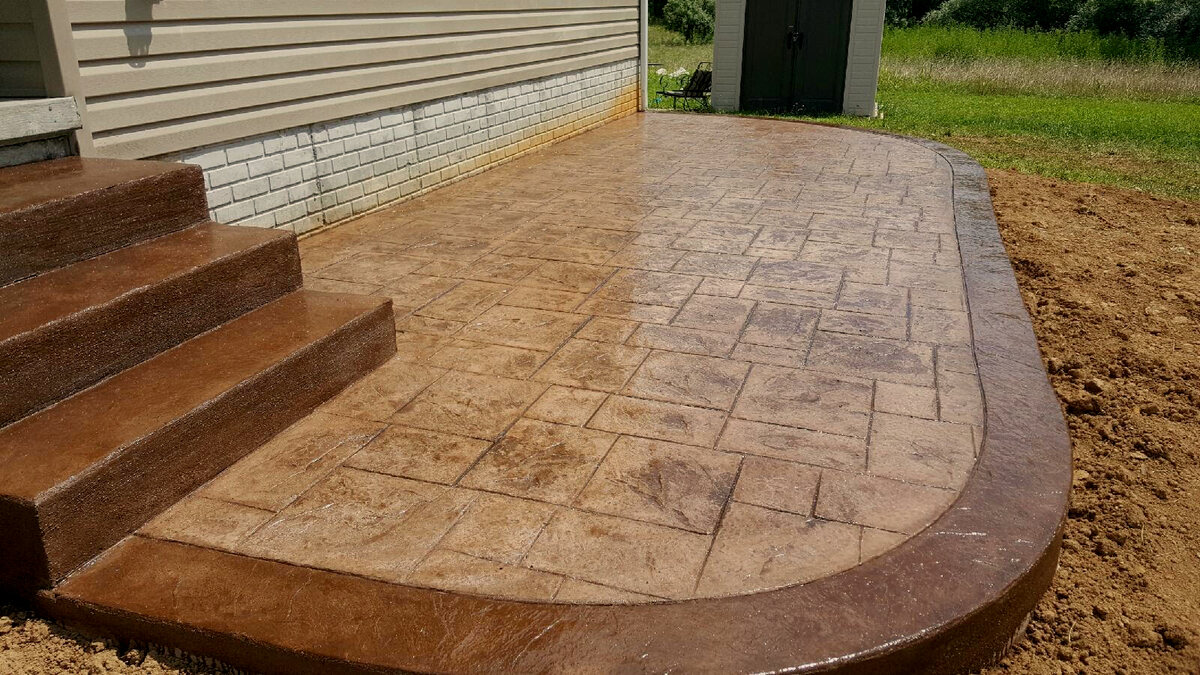


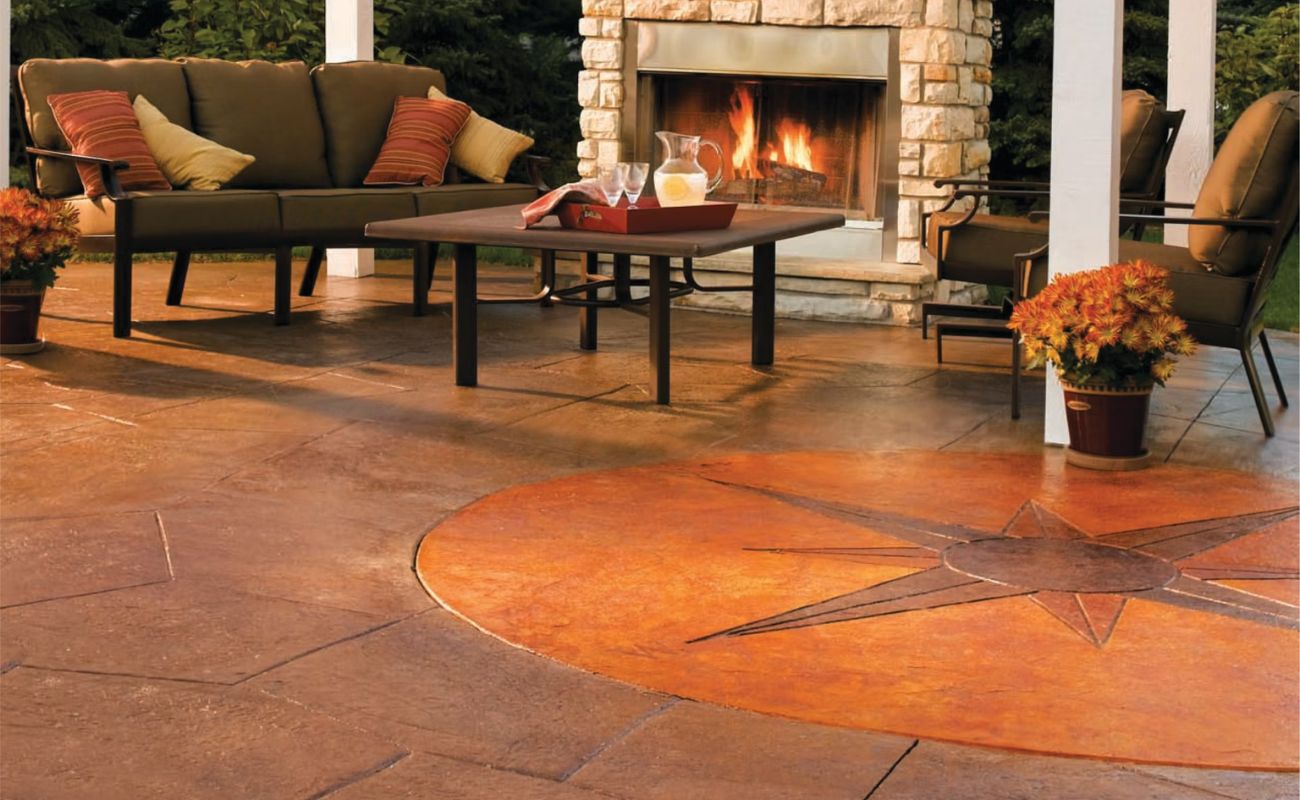



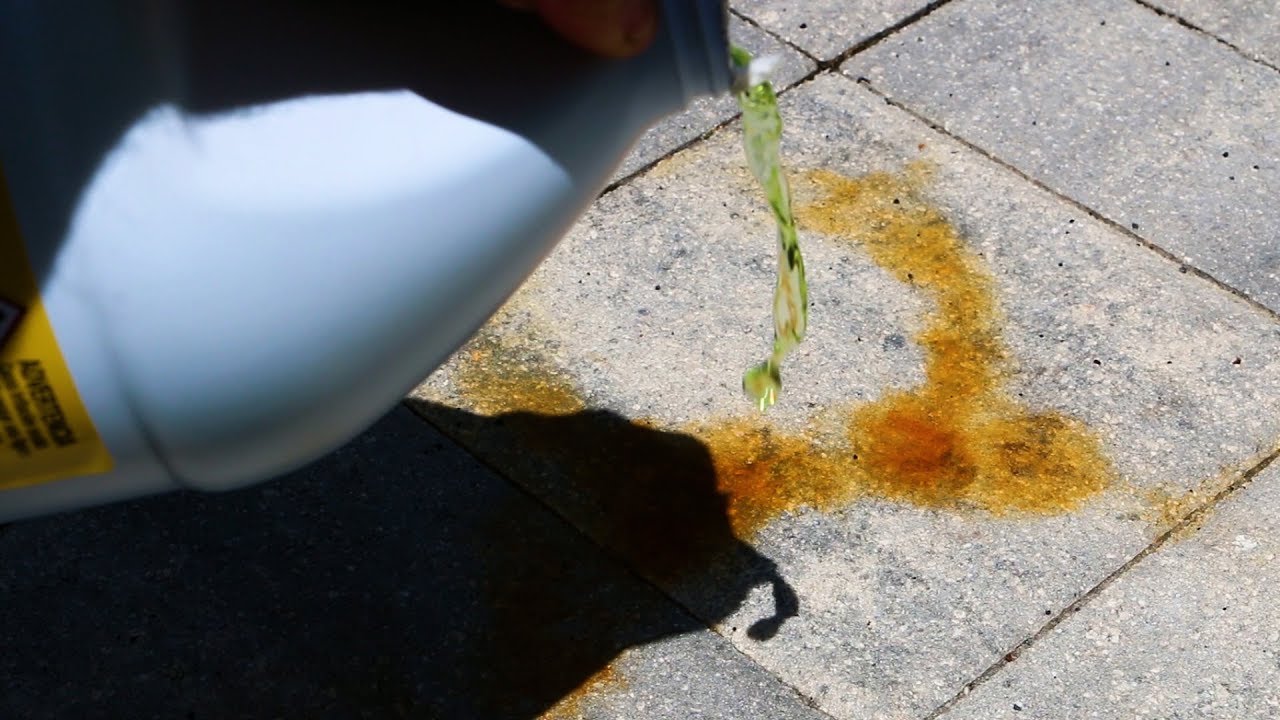
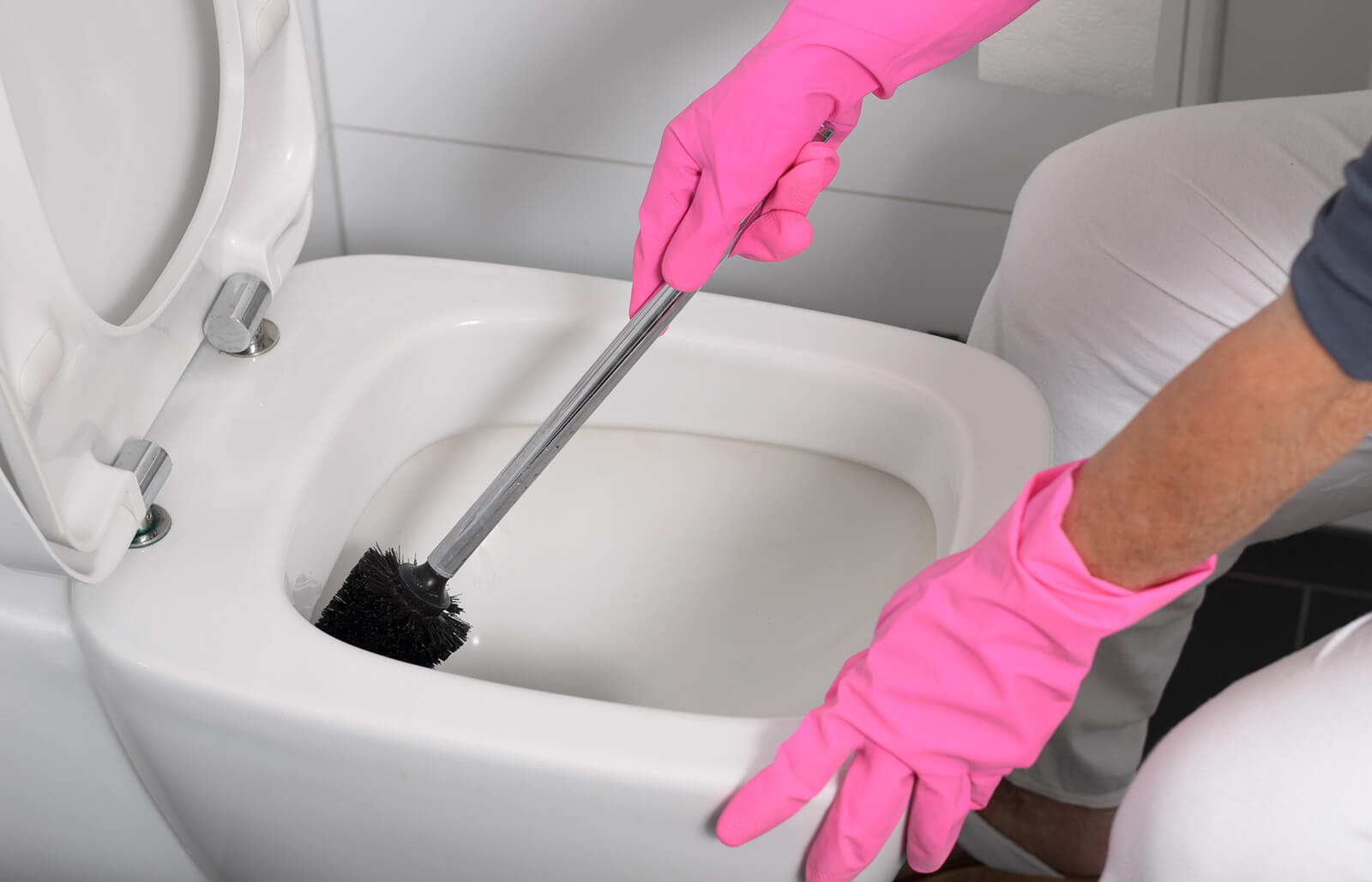

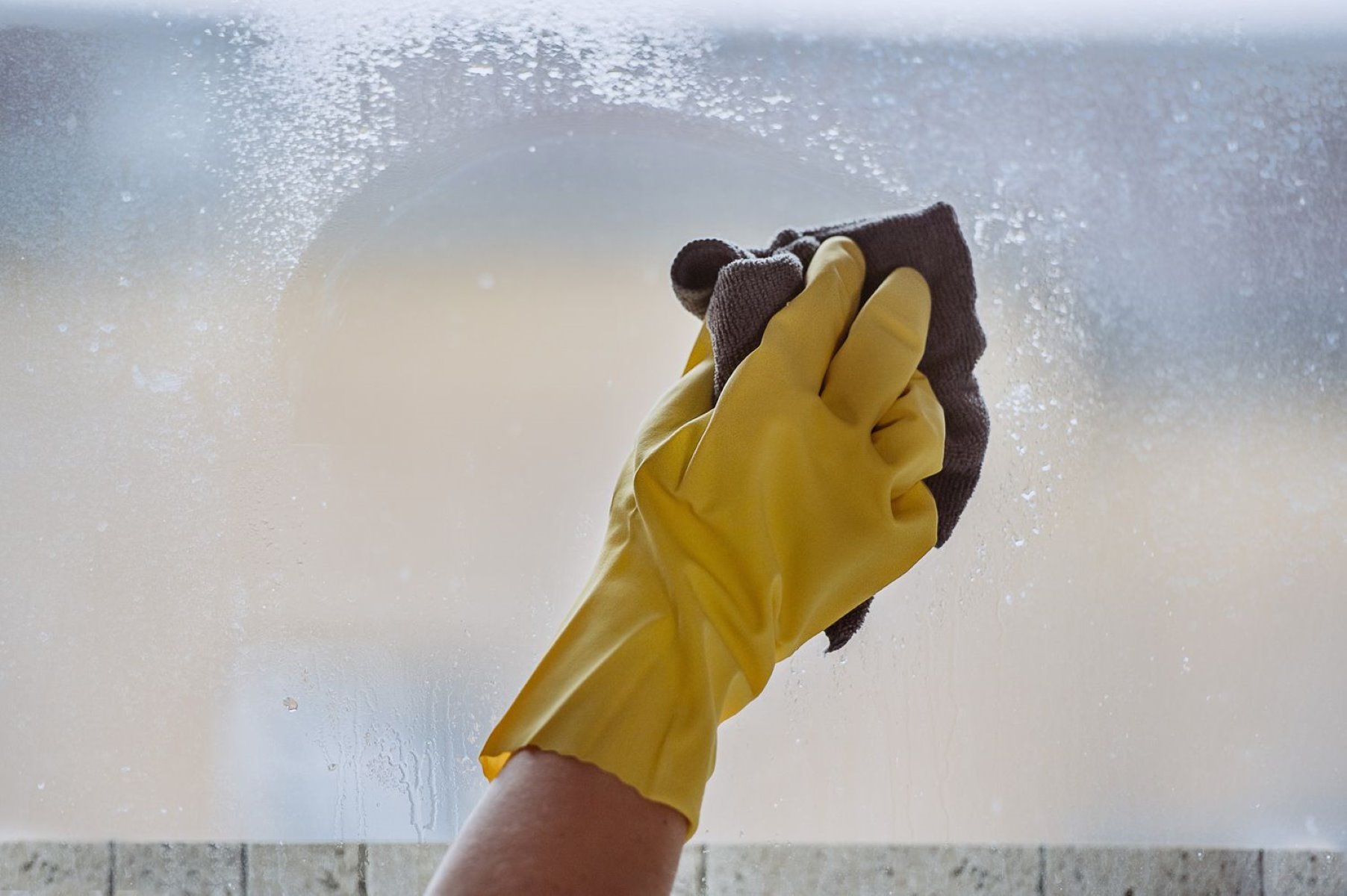
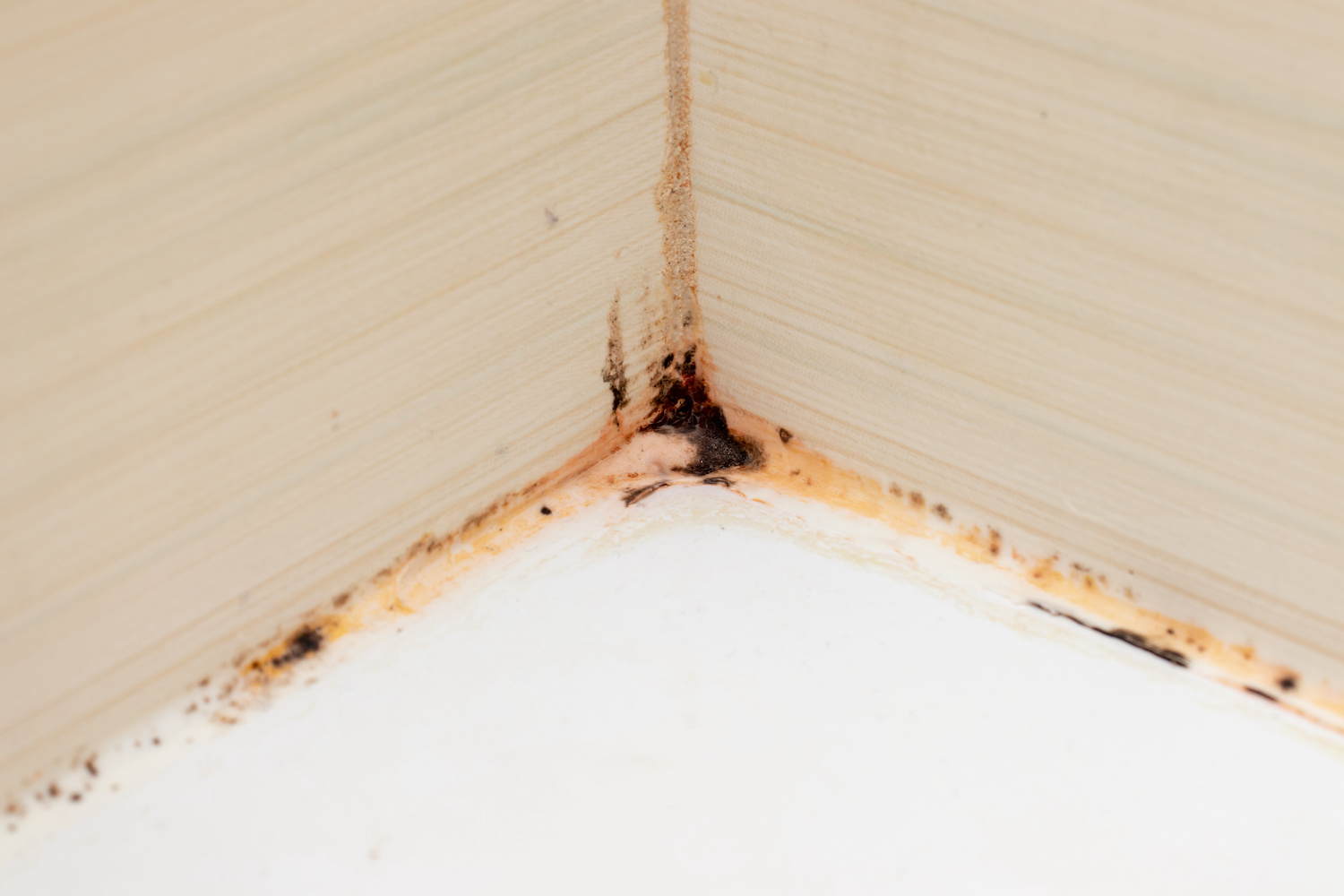
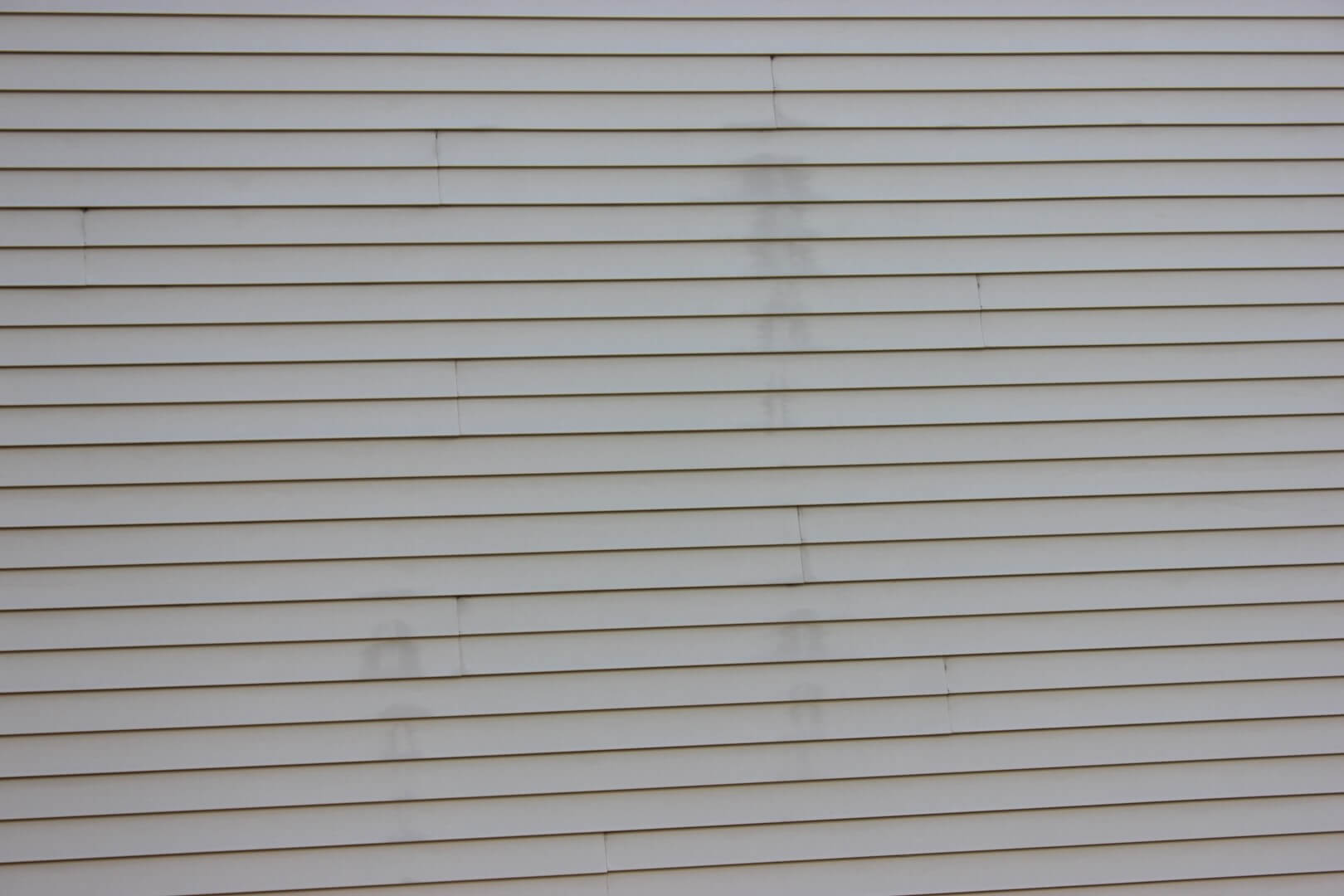

0 thoughts on “How To Get Grass Stains Off Concrete”